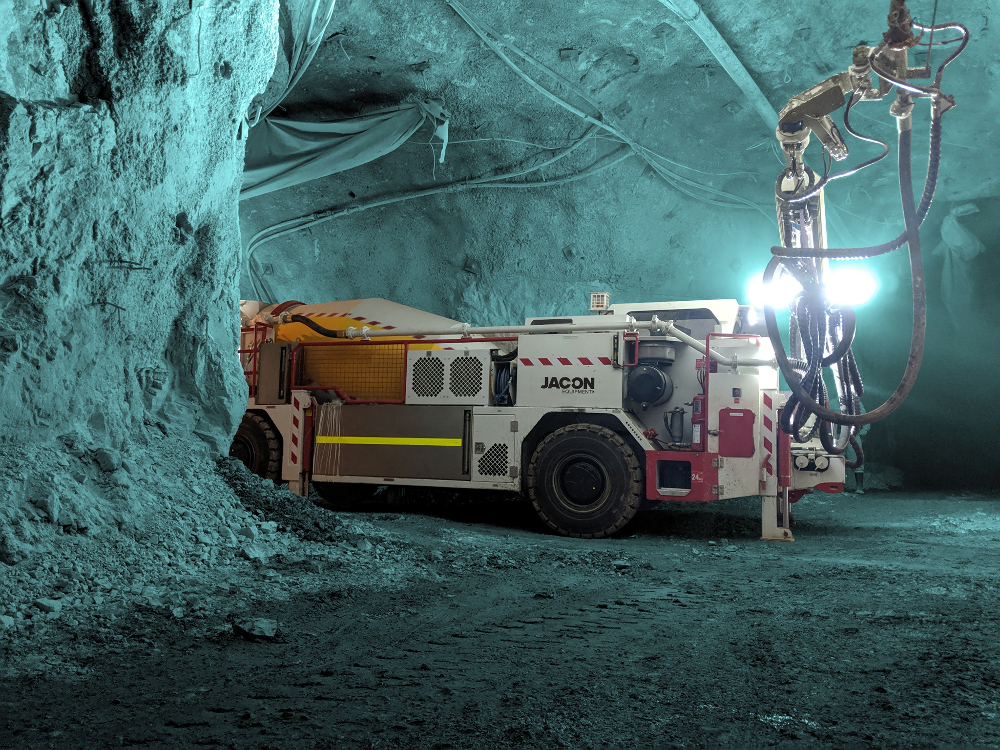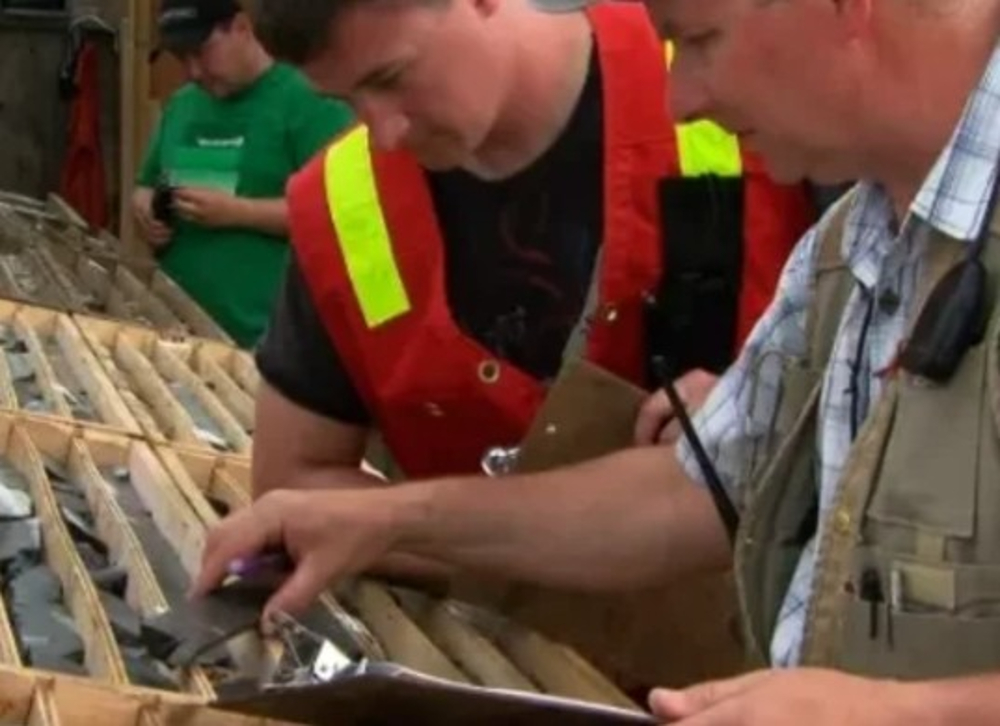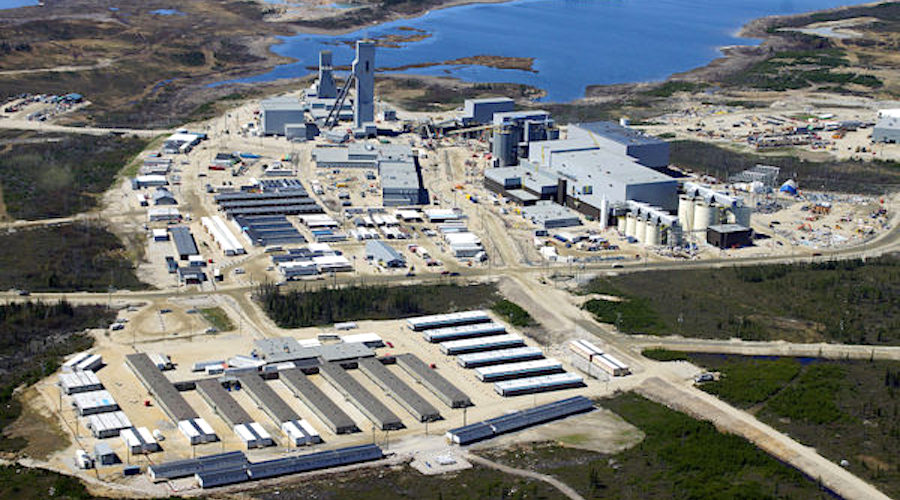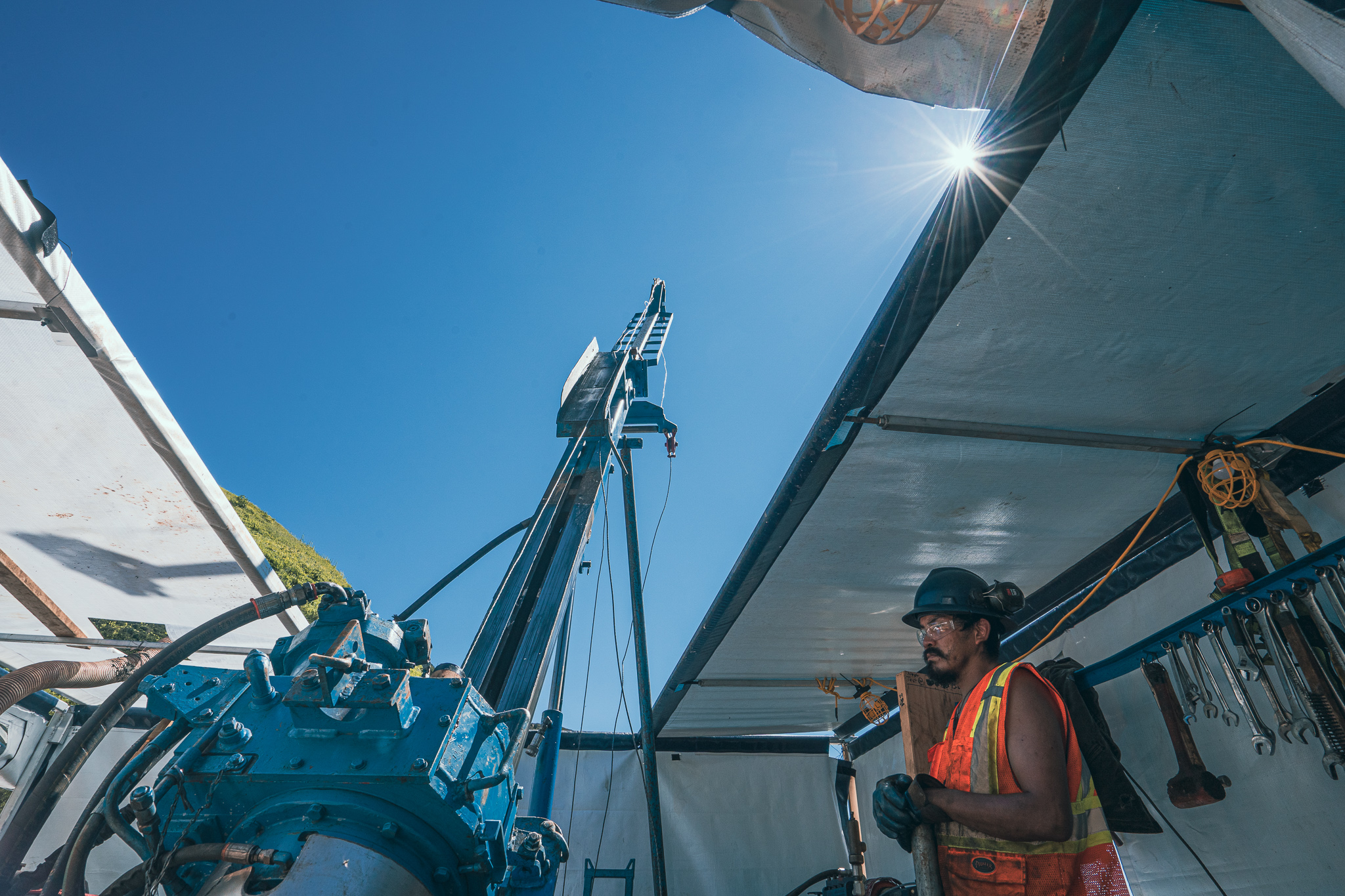Minefinders: The Name Says it All
With a name like Minefinders., there’s little doubt what the company is all about. It’s a name that leaves nothing to question because, quite frankly, Vancouver-based Minefinders Corporation Ltd. is a company on a mission to find mines and that’s exactly what it has done with the discovery of its Dolores Mine in northern Mexico.
Like most new discoveries, however, “Dolores” is not new at all. In fact, history tells that mining in the Dolores region of the Sierra Madre Occidental Range, where “Dolores” is located, dates back to the 1800s.
Later more detailed records show that mechanized production of gold and silver occurred in the area between 1915 and 1931. The total production during this time was about 372,000 tonnes of ore containing more than 116,000 ounces of gold and 6 million ounces of silver.
When production from the various underground mine stoping operations stopped in 1931, the entire Dolores region went dormant. It wasn’t until almost 60 years later in 1993, when Minefinders Corporation started buying property in the Sierra Madre Occidental Range, that interest in mining the region was restored.
History had shown the region had the resources and Minefinders was convinced that through modern technology and further exploration that the Dolores region still had plenty to offer. And more importantly, a future.
Three years into its quest of buying property, Minefinders acquired some 27,700 ha and with these concessions under its control, the company started an aggressive drilling program. Over the following few years, more than 200,000 m of combined core and reverse circulation drilling and 850 holes were punched into the Mexican landscape.
As suspected, mineralization was present in a NNW-striking, steeply dipping structural zone at the Dolores site and occurs in an area over 4,000 m long and up to 1,000 m wide with more than 700 m of vertical extent. The bulk of the deposit is high in the system where feeders widened into breccias and stockworks up to a few hundred metres wide that formed a halo around the main structures.
Grades in the feeders are in the 10 to 30 gpt gold and 300 to more than 1,000 gpt silver. Disseminated mineralization that lies adjacent to high-grade feeder structures at upper levels has lower grades in the range of 0.3 to 2.0 gpt gold and up to 150 gpt silver.
The width of the coherent mineralization commonly is about 200 up to 300 m wide, and lies in zones that trend NNW and dip steeply to the west. Some vein and dissemination gold-silver mineralization is known to extend in a NNW and SSE direction beyond the current limits of the resource estimate area. This mineralization may be considered exploration potential and may eventually be classed as resource.
As with all discoveries, the resources are only of value if they can be mined. In the case of the Dolores project, the property is located about 94 km by road (45 km by air) southwest of the Town of Madera, and 250 km west of the City of Chihauhua. It is serviced by a 92-km access road suitable for truck traffic.
Alternative access is via dirt roads from Madera or light aircraft landing on a dirt landing strip located about 8 km from the mine site. Topography is rugged, with elevations ranging from 1,200 to 2,000 m, and water is available from a small local reservoir or from underground workings.
Recovery operations at the Dolores mine are entirely conventional with ore being mined in an open pit and trucked to a three-stage crushing system, and then conveyed to and stacked on permanent pads where it is leached using a sodium cyanide solution.
The resulting solution containing the gold and silver is processed in a standard Merrill-Crowe recovery plant to recover the precious metals for smelting, and transporting to a refinery.
The current mine plan estimates production of 107.64 million tonnes of proven and probable ore reserves at an average grade of 0.58 gpt gold and 33.1 gpt silver with a strip ratio of 3.43:1. Weighted average recovery from the leach pad is estimated at 74% for gold and 51% for silver.
The 16 year life-of-mine plan contemplates placement of approximately 2.024 million ounces of gold and 114.52 million ounces of silver on the heap leach pad and recovery of 1.498 ounces of gold and 58.4 million ounces of silver (3.15 million ounces of AuEq using a gold to silver ratio of 52 to one).
This year, Minefinders says it expects to produce and sell approximately 65,000 to 70,000 ounces of gold and 3.3 million to 3.5 million ounces of silver. The Dolores Mine has a sustainable capital budget this year of $12.3 million which includes $4.7 million to complete the construction of a reservoir dam, $1.8 million in drilling equipment, $1.6 million in plant modifications and $4.2 million in infrastructure and other operating equipment.
As mentioned earlier, Minefinders still has plenty of property around its Dolores mine for expansion. The company has set a development budget of $3.5 million that primarily includes development drilling to expand reserves and resources and to focus on infill drilling, pit expansion to the south, and underground resource definition. This, coupled with the Company’s plans to add a mill at Dolores, will help to leverage the upside potential in the future. The Dolores Mine is a real “find” in the world of mining but then again, look at the name of the company responsible for turning this discovery into a reality.
Before discovering Dolores, Minefinders discovered its La Bolsa property located near the town of Nogales, Mexico. The focus has been on Dolores in the last few years but now the Company hopes to continue its plan to find and develop mines by making a construction decision on La Bolsa before the end of 2011.
Elsewhere at its other properties in northern Mexico, Minefinders has recommenced exploration on its grassroots properties. In 2010, the Company started drilling on its 32,000 hectare La Virginia property, located in Sonora state, Mexico, about 100 kilometres north-west of it’s Dolores Mine. This property had never been drilled before. Results thus far have been encouraging with the discovery of a new gold and silver system at La Virginia reporting 6.46 grams per tonne gold-equivalent over 67 metres in June 2011. Minefinders plans to drill over 12,500 metres at La Virginia in 2011.





Comments